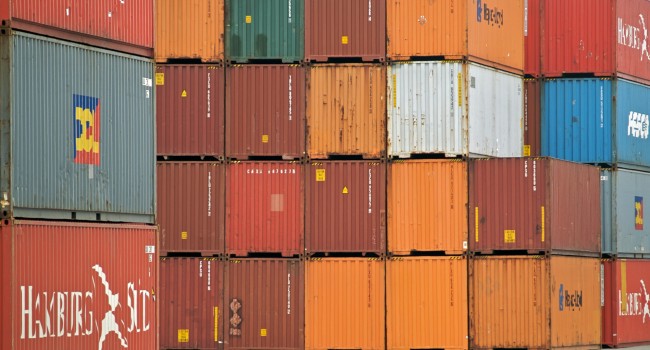Consumers using products as long as possible helps ensure that the full value and benefit of a product is obtained. This requires producers to design products that last longer and consumers to change their behavior to keep the products longer. Extending the product life delays the need to replace the product, thereby reducing the need for additional resources to produce a replacement product. However, it is a bit more complex for products that consume energy during use and for which energy efficiency has improved year-over-year — this can create a trade-off between using the product for as long as possible versus switching to a new, more efficient product. This also applies to products that undergo a technology shift, such as the switch from fuel-based vehicles to electric vehicles. In these cases, it sometimes makes sense to switch to the new product, though the lifecycle impact varies for individual products and where they are used.
The average lifetime that a product is used is influenced by several technical and social factors, such as the durability of the product (including repair and update) and the ability to upgrade to meet the evolving needs of the user. Product lifetime can also be cut short when the user is no longer interested in using the current product and switches to a newer product that has a better function or is more appealing. This reduced use can be mitigated if there is the ability and opportunity for the product to be reused by someone else.
Statistical data on the average product lifetime is limited, but for some products with a high rate of market growth that require significant production resources, the trend in product lifetime is improving. For example, in the U.S., as of the end of 2023, the average age of passenger cars and light trucks had increased by just over 6% per year since 2000. Survey data also suggests improvements in product lifetime for electronic products and appliances. In Japan, for instance, statistical data indicates that the average lifetime of a mobile phone increased by 79%, from 2.4 years in 2004 to 4.3 years in 2021. However, on average, a product’s actual lifetime was still shorter than the consumer’s desire for the product to last. In the European Union, the actual average lifetime of smartphones was 1.8 years shorter than the 5.2 years that consumers expected.
Upward trends in product lifetimes need to be accelerated across a broader range of products. For instance, France has launched the first Repairability Index, which requires certain products to display reliability and repairability information, but more countries need to do the same to enable consumers to make informed purchasing decisions. Additional data is also needed to form a more complete picture of the current global landscape and identify opportunities for improvement.
Enablers and barriers to using products longer
The lifetime of products can be extended by a combination of changes to product design, consumer behavior and support services. The product needs to be designed for durability, including maintenance, repair and upgrades. For some products, easy access to repair services is an important enabler. Consumer behavioral changes to use products longer and more frequently repair and reuse products are also needed.
The quality and reliability of the product, the availability of spare parts, the ability to disassemble and replace parts, and easy access to repair services when needed can be important contributors to maximizing a product’s useful life. For products with fast changing functionality and features, manufacturers’ and retailers’ ability and commitment to provide updates and upgrades is important. Statistical data from the European Union (EU) shows that the repair sectors for computers and personal and household goods have experienced a slight upward trend in the repair sector’s revenue and number of employees. Repair services need to be more easily accessible, desirable and affordable to facilitate the consumer’s transition to repairing instead of purchasing new products.
To make products more durable and extend their useful lifetime, it is necessary to encourage manufacturers to adopt business models with extending product lifetime in mind. Policy instruments that mandate transparency of product durability information, including reliability and repairability, can help consumers make good purchasing decisions and encourage manufacturers to make their products more durable. Such policy instruments are starting to emerge in the EU.
When a consumer no longer needs a product that still functions as intended, the suitability of the product for reuse becomes more important. For some products, refurbishing can improve its acceptance for reuse. However, there is limited data available on product reuse. Additional monitoring is needed to better understand the opportunities to promote reuse.
Watch a recording of this insightful discussion on how the world can transition from a “take-make-waste” economy to a circular economy – and in the process tackle climate change, protect biodiversity and promote equity.
